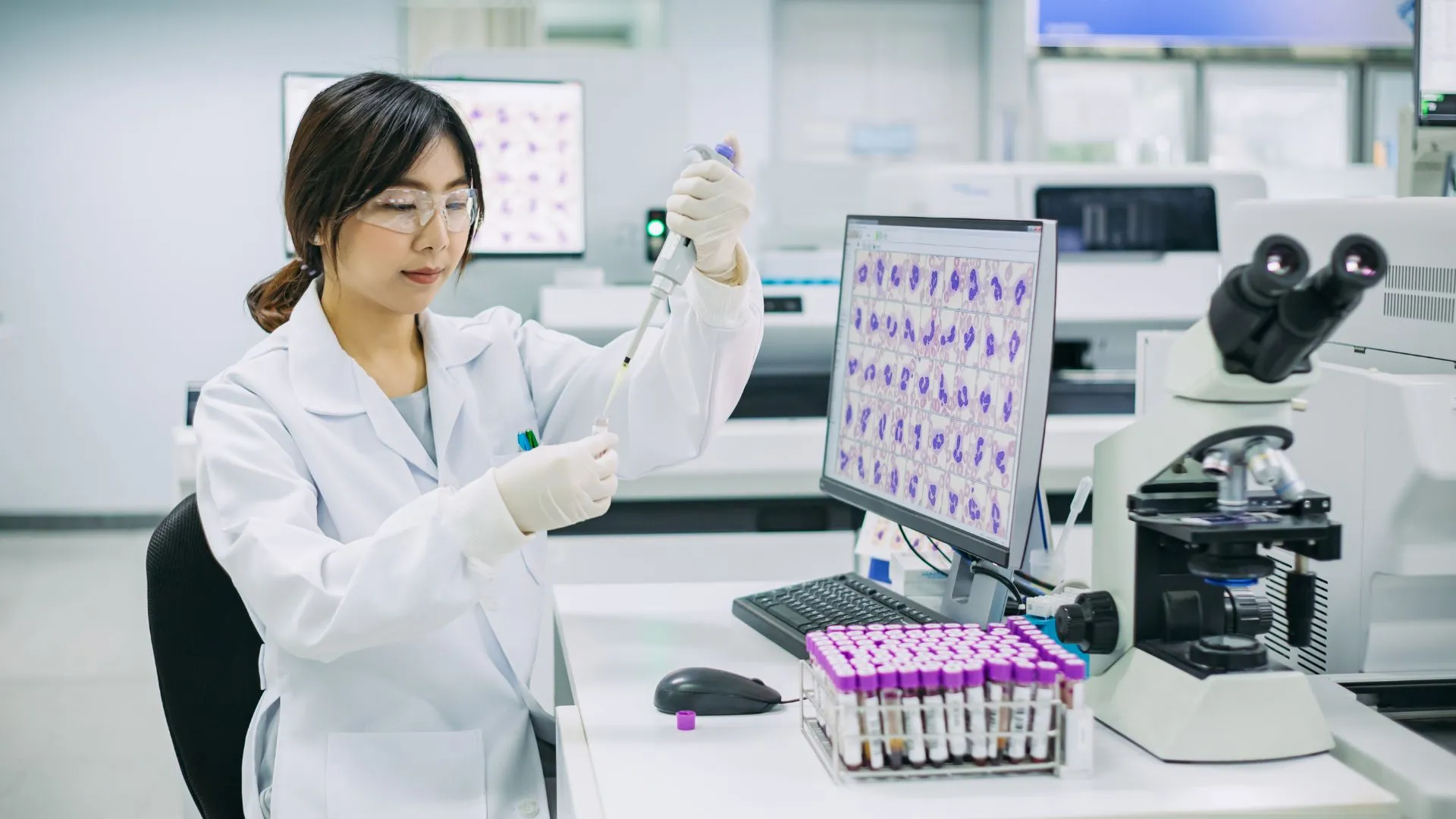Explore Our Resources
Thinking of becoming a dental technologist in Canada? Learn how internationally trained professionals can get licensed, complete assessments, and join the Canadian workforce. Includes eligibility, salary insights, exam steps, and support from Windmill Microlending.
July 24, 2025

Canada’s demand for dental technology services is growing. With over 75% of Canadians visiting the dentist annually and a rising number of restorative and cosmetic procedures, there’s a strong need for skilled dental technologists who can design and fabricate custom dental appliances that improve quality of life.
As an internationally educated professional, your technical expertise and experience can help support the oral health of Canadians, particularly in underserved or aging communities where dental care is essential. Dental technologists play a key behind-the-scenes role in delivering everything from crowns and bridges to orthodontic devices, working closely with dentists and denturists to restore patients’ smiles and confidence.
This blog is a step-by-step guide to help you become a licensed dental technologist in Canada. You’ll learn:
To apply for licensure as a dental technologist in Canada through the Canadian Alliance of Dental Technology Regulators (CADTR), you must:
You must also meet language proficiency requirements and be prepared to complete an exam and assessment process.
Dental technology is a regulated profession. To practise legally, you need to become licensed by a provincial regulator. CADTR provides a national entry-to-practice pathway for internationally educated dental technologists.
Start by registering on CADTR’s Applicant Portal and providing:
Visit the CADTR applicant page to begin.
The PLA consists of:
You must pass both assessments to be eligible for the national exam.
The ETP is a standardized exam designed to test your knowledge of Canadian dental technology standards, ethics and regulations.
After passing the ETP exam, you must register with the dental technologist regulator in your province. Examples include:
Requirements may include background checks, liability insurance, and additional jurisprudence exams.
The timeline to become licensed can vary depending on documentation and assessment schedules, but most internationally educated professionals complete the process in 12 to 24 months.
Factors that affect timing:
According to Job Bank Canada, the average salary for dental technologists is:
The highest salaries are seen in Alberta and Ontario
To help you plan, here are some typical expenses:
Windmill Microlending offers low-interest loans of up to $15,000 to support internationally educated dental technologists. Our loans can be used to cover:
We also provide free career coaching, mentorship and financial planning tools, helping you succeed faster in your new career.
Visit windmillmicrolending.org to explore how we can support your licensing journey in Canada.